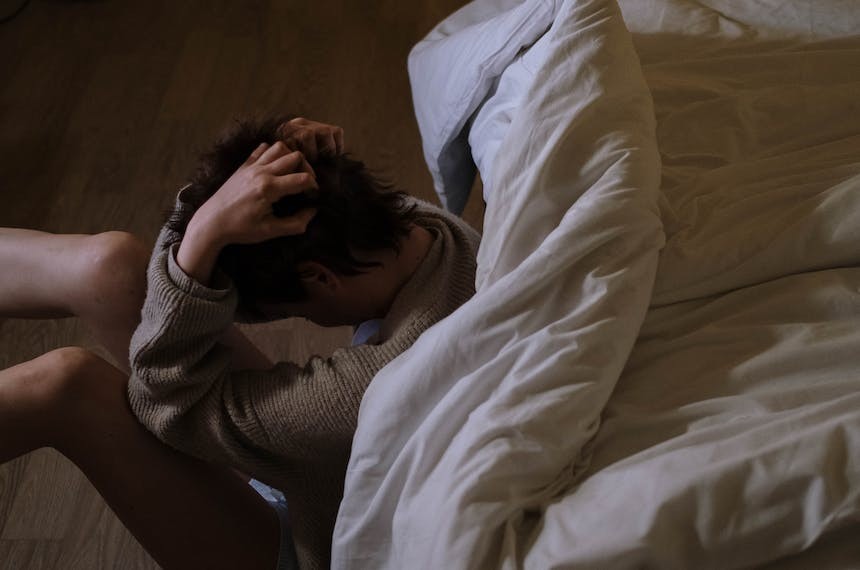
Myotonic disorders
Myotonic disorders are genetic conditions causing clinical and electrical myotonia. Myotonia is characterized by delayed muscle relaxation after contraction and spontaneous muscle fiber discharge on EMG. It can be caused by various factors, including diseases and medications. Treatment includes avoiding triggers, symptomatic medications like mexiletine, and multidisciplinary care involving specialists in various fields. Physical therapy and orthoses can help manage muscle contractures, and palliative care can provide support throughout the disease course.
Introduction to Myotonic Disorders
The myotonic disorders are a group of genetically (autosomal dominant [Thomsen disease] and autosomal recessive [Becker disease], syndromes presenting with clinical and/or electrical myotonia. Clinical Myotonia is a slowed relaxation following a normal muscle contraction. Electrical myotonia is the spontaneous discharge of muscle fibers that waxes and wanes in both amplitude and frequency on electromyography (EMG). Myotonia is due to inflammatory myopathies, Pompe disease hypothyroidism, myotubular myopathy and certain drugs (statins, cyclosporine, colchicine).
Causes and Triggers of Myotonia
Myotonia is aggravated by cold and stress, and is seen most consistently in facial, jaw, tongue, and hand intrinsic muscles. Myotonia congenita is associated with cardiomyopathy, heart failure, conduction disorders anc
Treatment of Non-Dystrophic Myotonia
Treatment of non- dystrophic myotonia includes avoidance of the trigger factor, symptomatic treatment and multidisciplinary care. Patients should be counselled to avoid cold exposure, as well. Symptomatic treatment includes mexiletine (150 mg three times daily). Other medications, including carbamazepine (100-200 mg daily), or acetazolamide (250 mg twice daily) may also help. (4, 5, 6)
Multidisciplinary Care for Myotonia
Multidisciplinary care is essential and it includes specialists in neurology, cardiology, pulmonary, orthopaedic, nutritional, psychiatry, occupational therapy and physical therapy. Physical therapy through stretching exercises at the ankles, knees and hips to prevent contractures of the Achilles tendons, iliotibial bands, and flexors of the hip is important to reduce the risk of contractures. Light- weight plastic ankle- foot orthoses should be applied if the foot remains in plantar flexion during sleep. Standing and/or walking may be maintained by using long- leg braces. Also, palliative care can help patients and families at various points in the course of disease, including diagnosis, decline in health status, life- threatening events, and end of life care. (7)
References
1-Machuca-Tzili L, Brook D, Hilton-Jones D. Clinical and molecular aspects of the myotonic dystrophies: a review. Muscle Nerve 2005; 32(1): 1-18.
2-Trivedi JR, Bundy B, Statland J, Salajegheh M, Rayan DR, Venance SL, et al. Nondystrophic myotonia: prospective study of objective and patient reported outcomes. Brain 2013; 136(Pt 7): 2189-200.
3-Matthews E, Fialho D, Tan SV, Venance SL, Cannon SC, Sternberg D, et al. The non-dystrophic myotonias: molecular pathogenesis, diagnosis and treatment. Brain 2010; 133(Pt 1): 9-22.
4-.Statland JM, Bundy BN, Wang Y, Rayan DR, Trivedi JR, Sansone VA, et al. Mexiletine for symptoms and signs of myotonia in nondystrophic myotonia: a randomized controlled trial. JAMA 2012; 308(13): 1357-65
5-Trip J, Drost G, van Engelen BG, Faber CG. Drug treatment for myotonia. Cochrane Database Syst Rev 2006; (1): CD004762
6-Griggs RC, Moxley RT, III, Riggs JE, Engel WK. Effects of acetazolamide on myotonia. Ann Neurol 1978; 3(6): 531-7.
7-Bach JR, Gonçalves MR, Hon A, et al. Changing trends in the management of end-stage neuromuscular respiratory muscle failure: recommendations of an international consensus. Am J Phys Med Rehabil 2013; 92:267.





